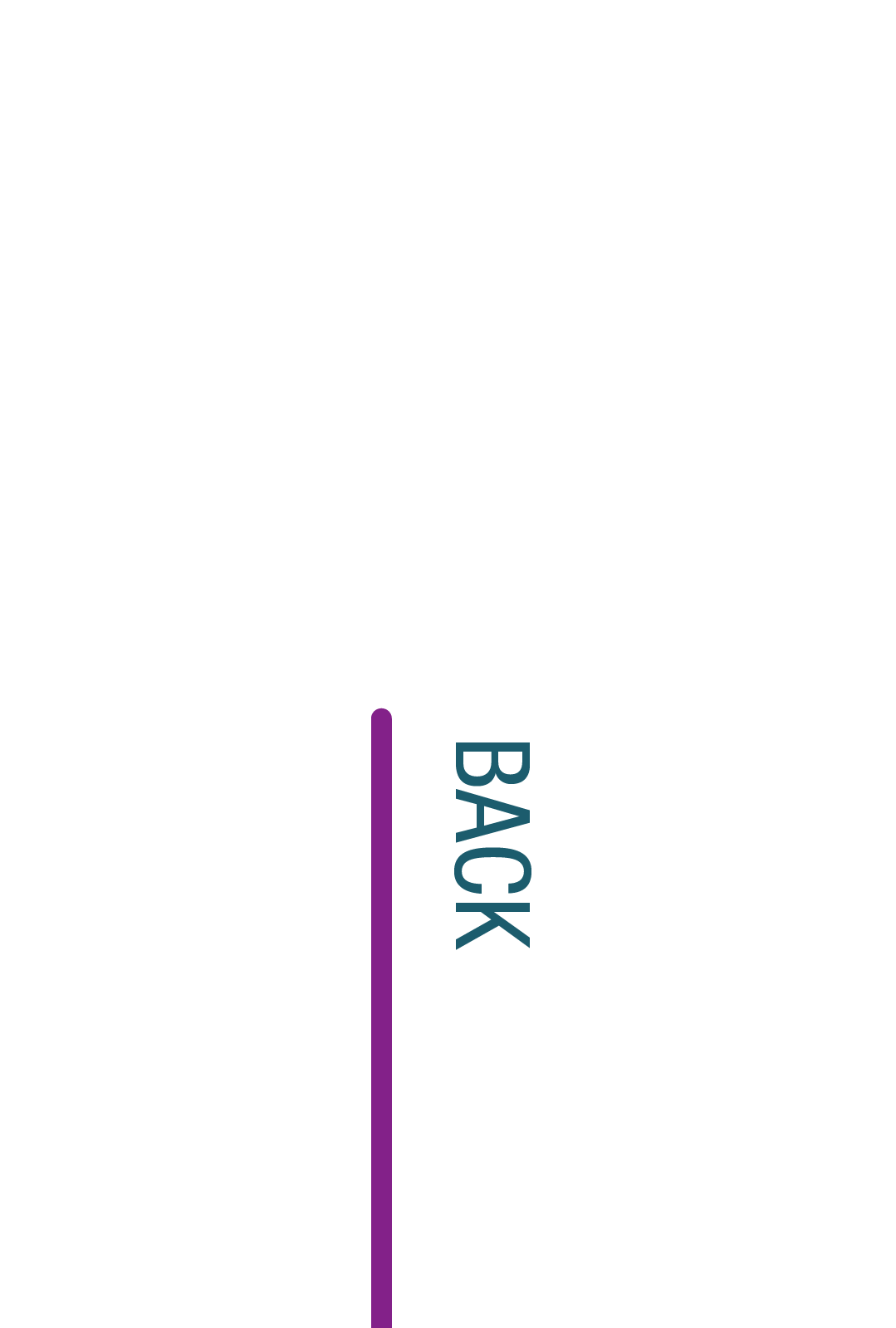
Extensive research has demonstrated that finding one's way within big buildings structures is often perceived as a complex process for a variety of reasons. In particular, hospitals present a noteworthy context where wayfinding poses a significant challenge for patients, as evidenced by patient complaints reported by hospital management.
Several factors contribute to the difficulties encountered in hospital wayfinding. The vast size of buildings, coupled with complicated layouts resulting from incremental construction, presents a notable obstacle. Moreover, patients experiencing overwhelming negative emotions may encounter compromised navigation capabilities.
Another hypothesis suggests that inadequate tools are part of the problem, given the lack of consensus on spatial information design for effective wayfinding, as evidenced by the numerous information design strategies for signage, employed in the hospital market
This research involves assessing various models of spatial information design for hospital wayfinding and establishing a path forward to a general (computational) design methodology. The objective is to optimize and evaluate wayfinding design in hospitals by incorporating theories from Mathematics, Computer Science, Cognitive - and, Neuropsychology, and Architecture. The ultimate goal is not only to streamline the design process but also to enhance the wayfinding performance and -experience of patients navigating through hospitals.
